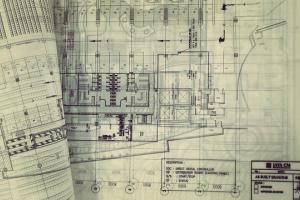List of Public Health Drawings for Buildings
Public health drawings
Public health drawings are technical diagrams and plans that provide information about the plumbing and sanitary systems within a building or public facility. These drawings are crucial for ensuring proper sanitation, water supply, and waste management. Here's an explanation of the different types of public health drawings listed:
- Legend and General Notes
- Sewerage and Rainwater Layout Plan
- Manhole Schedule
- Plumbing Construction Details
- Water Supply Layout
1. Legend and General Notes:
This drawing serves as a key or guide that explains the symbols, abbreviations, and notations used in public health drawings. It provides essential information and clarifications regarding the representation of plumbing fixtures, pipes, valves, and other components.
2. Sewerage and Rainwater Layout Plan:
This drawing illustrates the layout and routing of sewerage and rainwater drainage systems within a building or site. It shows the connections, pipe sizes, gradients, and manhole locations, providing a comprehensive overview of the waste disposal infrastructure.
Floor sewerage plan
This is the drawing showing the location of all the sewerage pipes, manholes, gutters, septic tanks, etc. in the architectural plan of the building. This plan should also mention which pipes are on the surface and which are underground.
3. Manhole Schedule:
The manhole schedule is a table that provides detailed information about each manhole present in the sewerage system. It includes data such as the manhole number, location, size, depth, and connections. This schedule ensures easy identification and maintenance of the manholes.
4. Plumbing Construction Details:
This drawing provides specific construction details and installation instructions for plumbing fixtures, pipes, and fittings. It includes dimensions, materials, and connection methods, ensuring accurate implementation of the plumbing system.
5. Water Supply Layout:
The water supply layout plan depicts the arrangement and distribution of water supply pipes, valves, pumps, and storage tanks within a building. It shows the connections to the main water source, the location of water meters, and the routing of pipes to different areas.
Floor water supply plan
The ground floor water supply drawing shows the location of all pipes and accessories used in the water supply system of the building. It should clearly show the layout of the hot and cold pipes, the water tank, the diameter of the pipes to be used, and their connections to the required areas of the building.
These public health drawings play a critical role in ensuring proper sanitation, water supply, and waste management in buildings and public facilities. They provide valuable information for architects, engineers, plumbers, and construction professionals involved in designing, constructing, and maintaining plumbing systems. The drawings help ensure compliance with building codes, regulations, and standards related to public health and hygiene.





